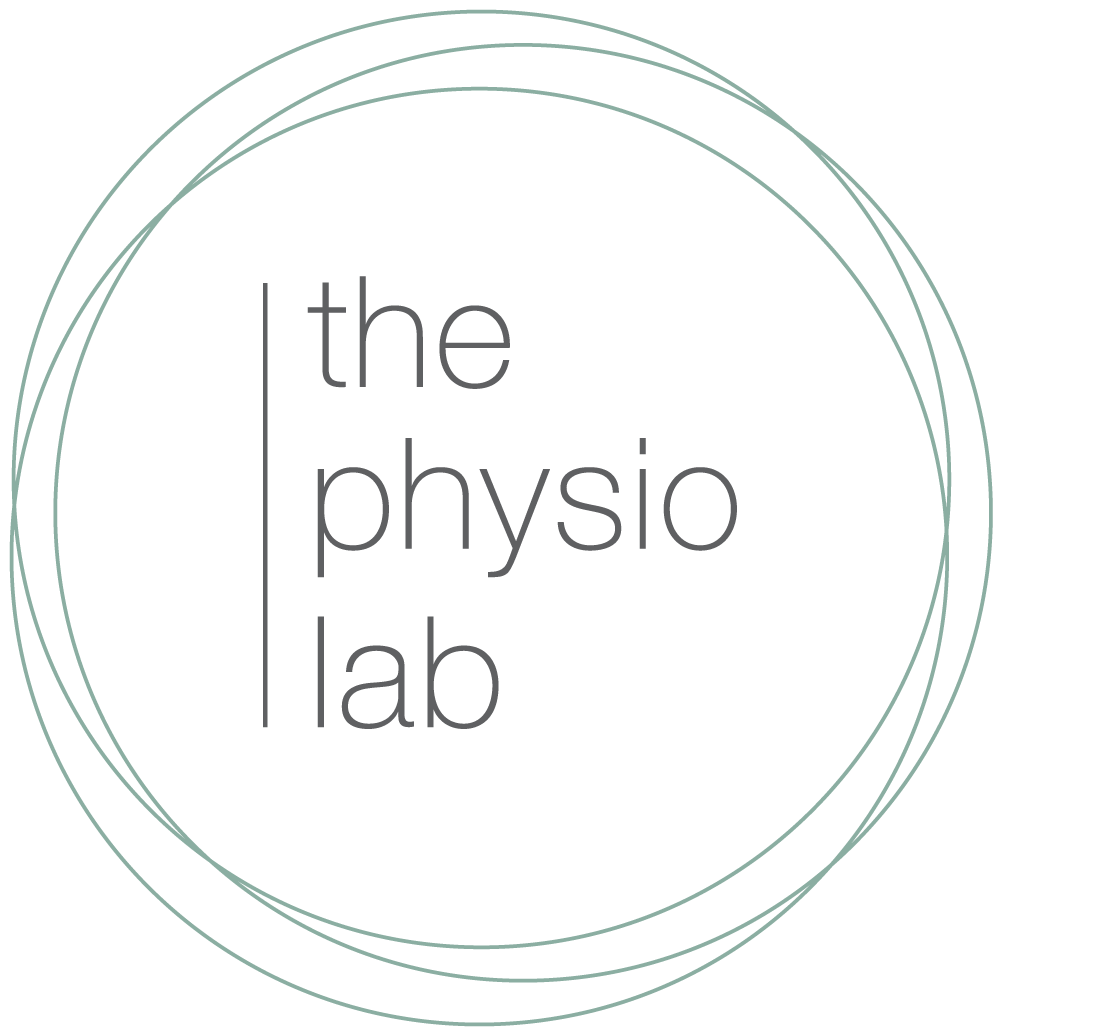The thorax (chest) is made up of rings. A ring is the functional unit of the thorax. The fourth ring, for example, is composed of the 4th rib on the right, the vertebral body, the 4th rib on the left and the breast bone at the front. There are 13 separate joints in one of these rings and there are 12 rings in the thorax.
The thorax is a very mobile area of the body and is responsible for most of the rotation in the spine. This often surprises people, as the chest is often perceived as being a very stiff area in the body - how many times have you found yourself lying over a roller or towel to stretch your upper back?
This stiffness in the upper body, is often a result of poor motor control of the stabilizing muscles in the trunk. The stabilising role gets taken over by the big outer layer muscles that are meant to move the body. These muscles tend to lock down and compress the thorax when they working as stabilisers and not movers. This muscle compression makes the thorax appear stiff. To gain more movement in the thorax, it is important to train better motor control of the deep postural muscles.
A large part of the rotation in the spine happens in the thoracic spine. Lack of neuromuscular control of this rotation movement can lead to overload in areas more remote than the thorax. Plantarfascia problems in the foot or chronic hamstring problems can be the result of poor neuromuscular control of the thorax.
The thorax is a complex area of the body. Problems in this area can often cause quite distressing symptoms. Heart palpitations, nausea, abdominal cramping or bloating are not uncommon symptoms associated with an injury to this area.
A thorough assessment and specific rehabilitation program can help restore normal mechanics and control to the thoracic spine.

